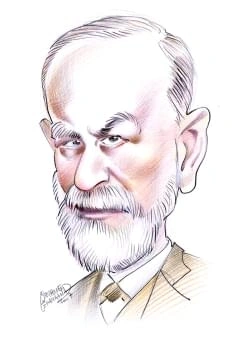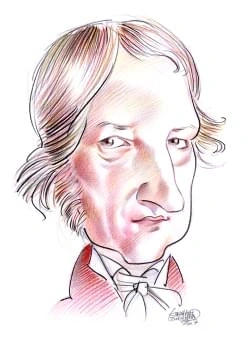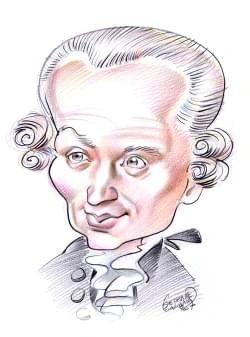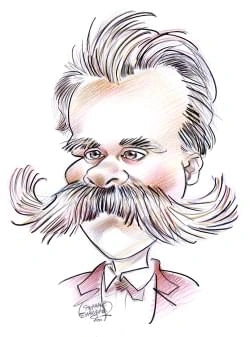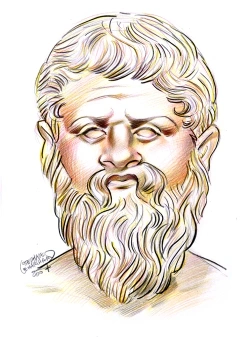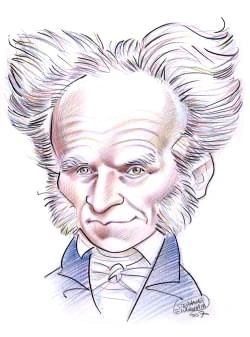12 résultats pour "mythological"
-
Boucher's Diana resting after her Bath, not a mythological painting !!!
size. Mythological paintings were often painted on large canvases to symbolize the divinity and importance of the immortals depicted. The Rococo Movement is characterized by small canvases that were made to fit on wooden panels of smaller apartments, and “Diana Resting After Her Bath”, which measures 57 × 73 cm (22.4 × 28.7 in), would thus refer more to the characteristic of a genre painting than a mythological one. Furthermore, Diana is more sensual than a huntress, as she is nude....
-
Mythology.
Across cultures, mythologies tend to describe similar characters. A common character is the trickster. The trickster is recklessly bold and even immoral, but through hisinventiveness he often helps human beings. In Greek mythology, Hermes (best known as the messenger of the gods) was a famous trickster. In one version of acharacteristic tale, Hermes, while still an infant, stole the cattle of his half-brother Apollo. To avoid leaving a trail that could be followed, Hermes made shoes from thebark...
- Pygmaei (Pygmies) Greek A mythological race of very short people, only 13.
-
Diego Velázquez (artist)
I
INTRODUCTION
Velázquez and Baroque Theatricality
Spanish painter Diego Velázquez presents two scenes in The Fable of Arachne (about 1656, Museo del Prado, Madrid,
Spain), also known as The Spinners.
search for a position as court painter. In 1623, however, he returned to the capital and, after executing a portrait (1623, Prado) of the king, was named official painterto Philip IV. The portrait was the first among many such sober, direct renditions of the king, the royal family, and members of the court. Indeed, throughout the later1620s, most of Velázquez's efforts were dedicated to portraiture. Mythological subjects would at times occupy his attention, as in Bacchus, also called The Drin...
-
From Bulfinch's Mythology: The Trojan War - anthology.
As in a dream. Dimly I could descryThe stern black-bearded kings, with wolfish eyes,Waiting to see me die. 'The tall masts quivered as they lay afloat,The temples and the people and the shore;One drew a sharp knife through my tender throatSlowly,—and—nothing more.' The wind now proving fair the fleet made sail and brought the forces to the coast of Troy. The Trojans came to oppose their landing, and at the first onset Protesilaus[mythological king of Phylace, in Thessaly] fell by the hand of...
-
Mesopotamian Art and Architecture
I
INTRODUCTION
Mesopotamian Art and Architecture, the arts and buildings of the ancient Middle Eastern civilizations that developed in the area (now Iraq) between the Tigris and
Euphrates rivers from prehistory to the 6th century
BC.
arts. III EARLY DYNASTIC PERIOD Figures from Tell AsmarCreated around 2700 bc, these stone figures are from the city of Tell Asmar in what today is Iraq. From the Temple ofAbu, the statuettes stood in watchful prayer with the wide, staring eyes often found in Sumerian sculpture. The figuresare in the Iraq Museum, Baghdād, Iraq.Art Resource, NY The first historical epoch of Sumerian dominance lasted from about 3000 BC until about 2340 BC. While earlier architectural traditions continued, a ne...
-
Baroque Art and ArchitectureIINTRODUCTIONGerman Baroque ArchitectureThe baroque style of architecture flourished in Germany in the 18th century.
C Early baroque styles Conversion of Saint PaulItalian baroque painter Caravaggio painted scenes of realism and drama, often selecting lofty, religious themes anddepicting them with lower-class characters and settings with dramatic spotlighting. With its unidealized characters andfocus on the horse’s body, his Conversion of Saint Paul seems to record a stable accident, not a miraculous conversion byGod. This work was painted in 1601 and is in the Cerasi Chapel, Santa Maria del Popolo, Rome, It...
-
Titian.
Flaying of Marsyas (circa 1570-76, Kroměříž, Czech Republic) and the Nymph and Shepherd (circa 1574, Kunsthistorisches Museum). Here colors are more subdued, but the turbulence of the brushwork, hardly matched again until 20th-century painting, almost submerges the form entirely. These late mythological paintings, whichTitian called poesie (poems), stand among the most formidable statements ever made of the irresistible, elemental powers of nature. These works are paralleled by a sequence...
-
-
Mythology
I
INTRODUCTION
Mythology, the body of myths of a particular culture, and the study and interpretation of such myths.
usually define a myth as a story that has compelling drama and deals with basic elements and assumptions of a culture. Myths explain, for example, how the worldbegan; how humans and animals came into being; how certain customs, gestures, or forms of human activity originated; and how the divine and human worlds interact.Many myths take place at a time before the world as human beings know it came into being. Because myth-making often involves gods, other supernatural beings, andprocesses beyond...
-
Rembrandt.
myth that the painting was rejected by those who commissioned it, and led to a decline in Rembrandt's reputation and fortune, it was actually well received. Many of Rembrandt's landscapes in this middle period are romantic and based on his imagination rather than recording specific places. The inclusion of ancient ruins androlling hills, not a part of the flat Dutch countryside, as in River Valley with Ruins (Staatliche Gemäldegalerie, Kassel), suggests a classical influence derived from Italy...
-
Acting
I
INTRODUCTION
Lee Strasberg
American acting teacher Lee Strasberg was best known for his association with the Actors Studio, of which he became the
artistic director in 1951.
truthfully felt those emotions at the moment they expressed them. Finding the true feeling in the proper place and time on stage, however, was a problem that Aristotleaddressed less well. He concluded that acting was an occupation for the gifted or insane. How to cross the artistic boundary beyond feigned emotions and flat imitation obsessed many Greek actors. In 315 BC the tragedian Polus carried the real ashes of his recently deceased son in an urn to stimulate a sense of genuine grief when h...
-
Greek Mythology
I
INTRODUCTION
Temple of Apollo at Didyma
The Greeks built the Temple of Apollo at Didyma, Turkey (about 300 bc).
A1 The Creation of the Gods According to Greek myths about creation, the god Chaos (Greek for “Gaping Void”) was the foundation of all things. From Chaos came Gaea (“Earth”); the bottomlessdepth of the underworld, known as Tartarus; and Eros (“Love”). Eros, the god of love, was needed to draw divinities together so they might produce offspring. Chaosproduced Night, while Gaea first bore Uranus, the god of the heavens, and after him produced the mountains, sea, and gods known as Titans. The Tita...
}})
